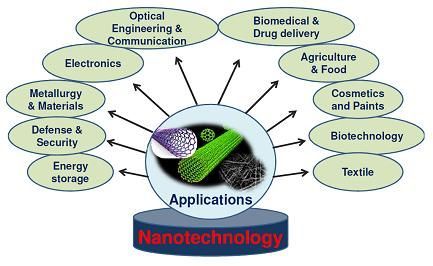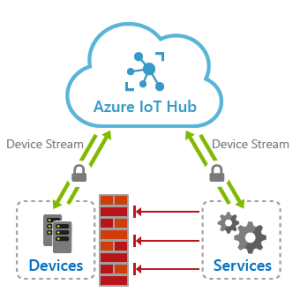
The Role of Nanotechnology in Future Computing
Introduction
Advancements in technology have always played a crucial role in shaping our future. Nanotechnology, a field focused on manipulating matter at the atomic and molecular scale, is now emerging as a key player in the development of future computing systems. By harnessing the unique properties of nanomaterials, scientists and researchers aim to overcome the limitations of traditional computing and pave the way for faster, more efficient, and highly capable devices.
Nanotechnology: A Brief Overview
Nanotechnology involves working with materials on an incredibly small scale—the nanoscale, which ranges from 1 to 100 nanometers. At such dimensions, the fundamental properties of matter often differ from their bulk counterparts. Nanomaterials exhibit enhanced mechanical, optical, electrical, and chemical properties, making them ideal for various applications, including computing.
1. Miniaturization and Increased Processing Power
One of the primary benefits of incorporating nanotechnology into computing systems is the ability to further miniaturize electronic components. Traditional transistors used in current microprocessors are reaching their physical limits, limiting Moore’s Law—a principle that has predicted the exponential growth of computing power since the mid-1960s. Nanoscale devices allow for unprecedented levels of miniaturization, enabling the development of more powerful and energy-efficient processors.
2. Improved Memory and Storage
Nanotechnology also holds great promise for enhancing memory and storage capabilities. Researchers are exploring the use of nanomaterials, such as carbon nanotubes or phase-change materials, to create higher-density memory chips and more reliable storage devices. These advancements could significantly increase data storage capacities, improve data transfer rates, and lower power consumption, leading to more efficient and reliable computing systems.
3. Energy Efficiency and Environmental Impact
In an era of increasing energy consumption, finding sustainable solutions is crucial. Nanotechnology offers opportunities to develop energy-efficient computing systems. By utilizing nanomaterials, scientists can design advanced cooling mechanisms to prevent overheating and reduce energy waste. Furthermore, nanoscale devices require less power to operate, contributing to enhanced energy efficiency and reduced environmental impact.
4. Quantum Computing and Nanotechnology
Nanotechnology is also at the forefront of quantum computing, a revolutionary concept that leverages quantum mechanics to process information. Quantum computers have the potential to solve complex problems much faster than traditional computers by utilizing quantum bits (qubits). Nanoscale structures, such as quantum dots or single molecules, play a critical role in the development of quantum computing platforms. The precise control and manipulation of these nanoscale structures are essential for achieving reliable qubit functionality.
5. Nanosensors and Wearable Computing
Another exciting application of nanotechnology in future computing lies in the development of nanosensors and wearable devices. Nanomaterial-based sensors offer high sensitivity, allowing for more accurate and efficient data collection. These nanosensors integrated into wearable devices can provide real-time health monitoring, environmental sensing, and even facilitate brain-computer interfaces. With nanotechnology, computing becomes seamlessly integrated into our daily lives.
Conclusion
Nanotechnology holds immense potential to revolutionize the future of computing. From miniaturization and increased processing power to improved memory capabilities and energy efficiency, nanomaterials and nanoscale devices are paving the way for the next generation of advanced computing systems. Furthermore, the combination of nanotechnology and quantum computing opens up possibilities for solving complex problems and unlocking new frontiers. As research and development in this field progress, the integration of nanotechnology into computing systems will bring us one step closer to a more advanced, interconnected, and efficient future.

